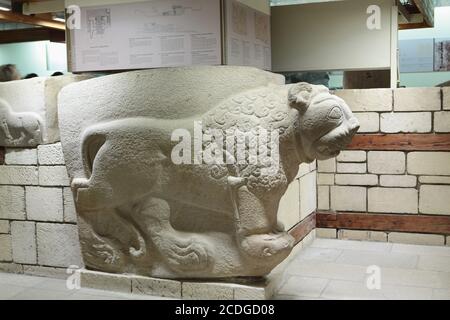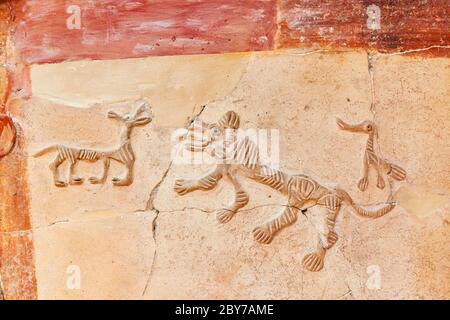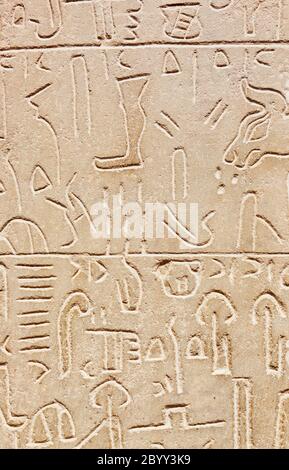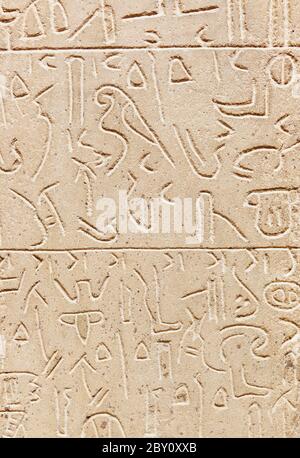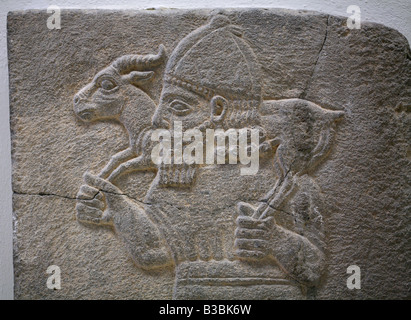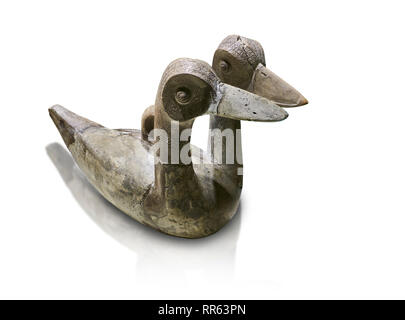
RFRR63PN–Hittite terra cotta ritual vessel in the shape of a duck with two heads - 16th century BC - Hattusa ( Bogazkoy ) - Museum of Anatolian Civilisations,
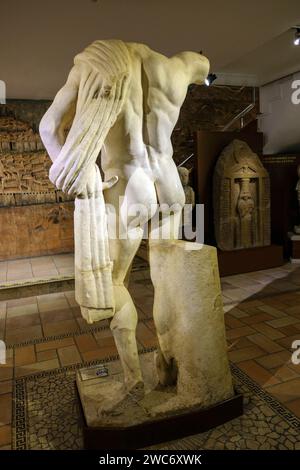
RF2WC6XWK–Many important historical artifacts are exhibited in the Anatolian Civilizations Museum in Ankara./turkey.
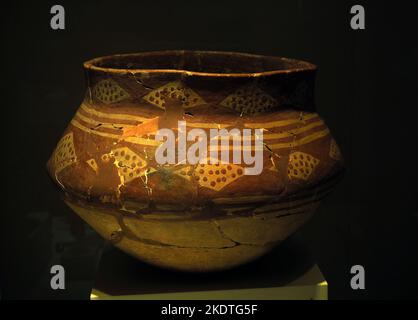
RF2KDTG5F–Hittite terra cotta ovoid mouthed bowl in Museum of Anatolian Civilizations. Ankara, Turkey - 2021
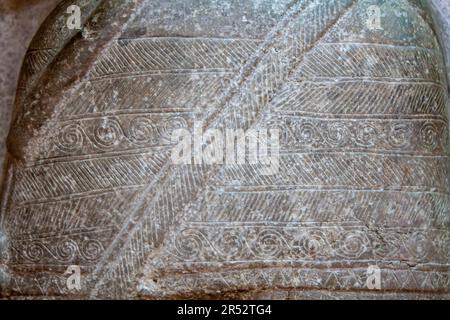
RF2R52TG4–TURKEY, ANKARA ; MAY 25,2008 - The ancient art in the Museum of Anatolian Civilizations - Ankara Turkey
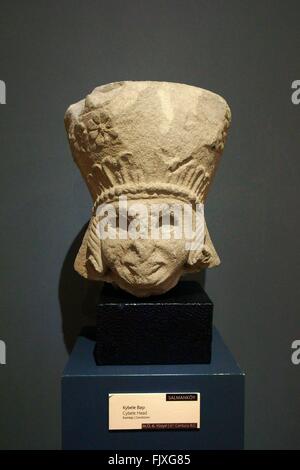
RMFJXG85–Head portrait of Cybele. Anatolian Mother Goddess carved in sandstone. 6C BC. Museum of Anatolian Civilizations, Ankara, Turkey

RM2WNF9RJ–The Payava Tomb - limestone Greek tomb with relief sculptures, Lycian inscriptions and a gabled roof, now in British Museum.This tomb, dating back to the ancient times (375BC-362BC), features the distinctive Lycian inscriptions, offering a glimpse into the language and customs of a civilization that thrived in harmony with both Greek and native Anatolian influences. The tomb's gabled roof, a hallmark of Lycian architecture, crowns the structure, symbolizing the blend of architectural styles that characterized the region.

